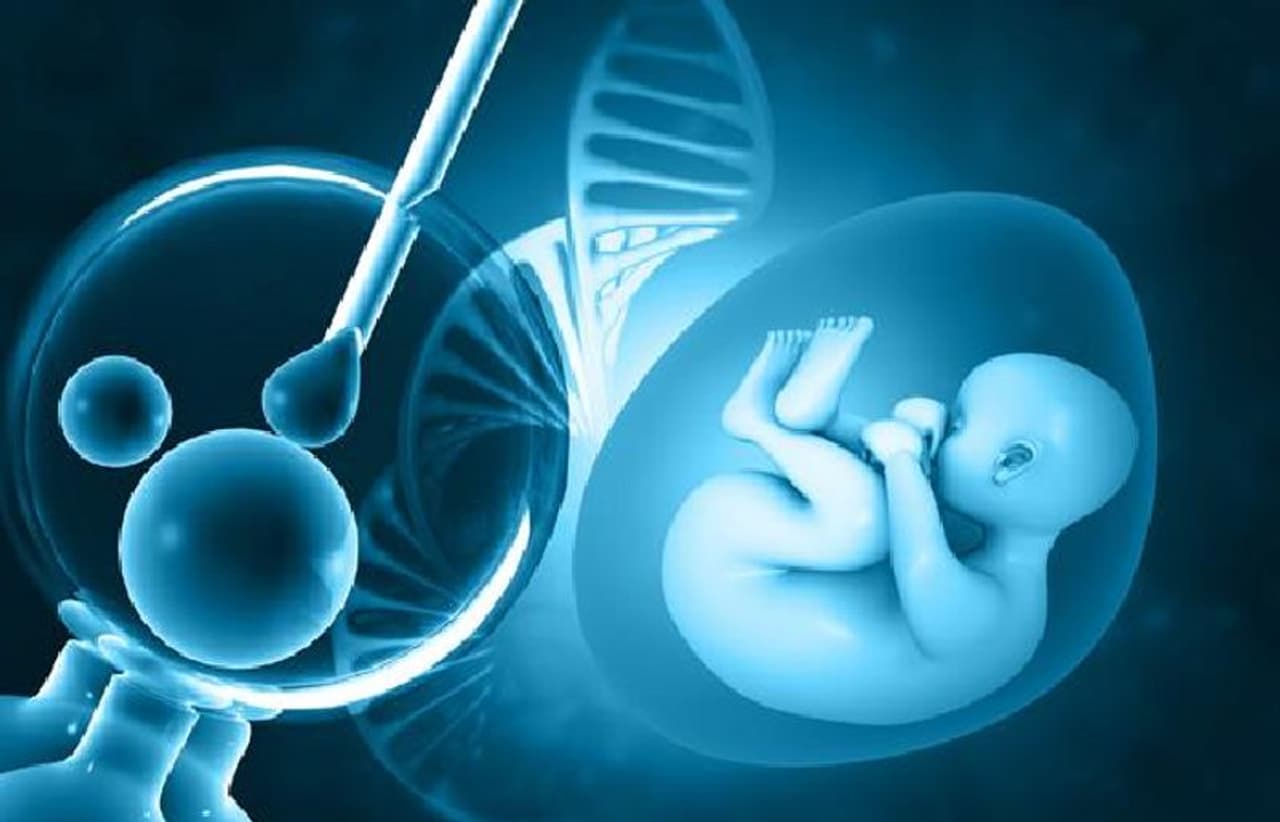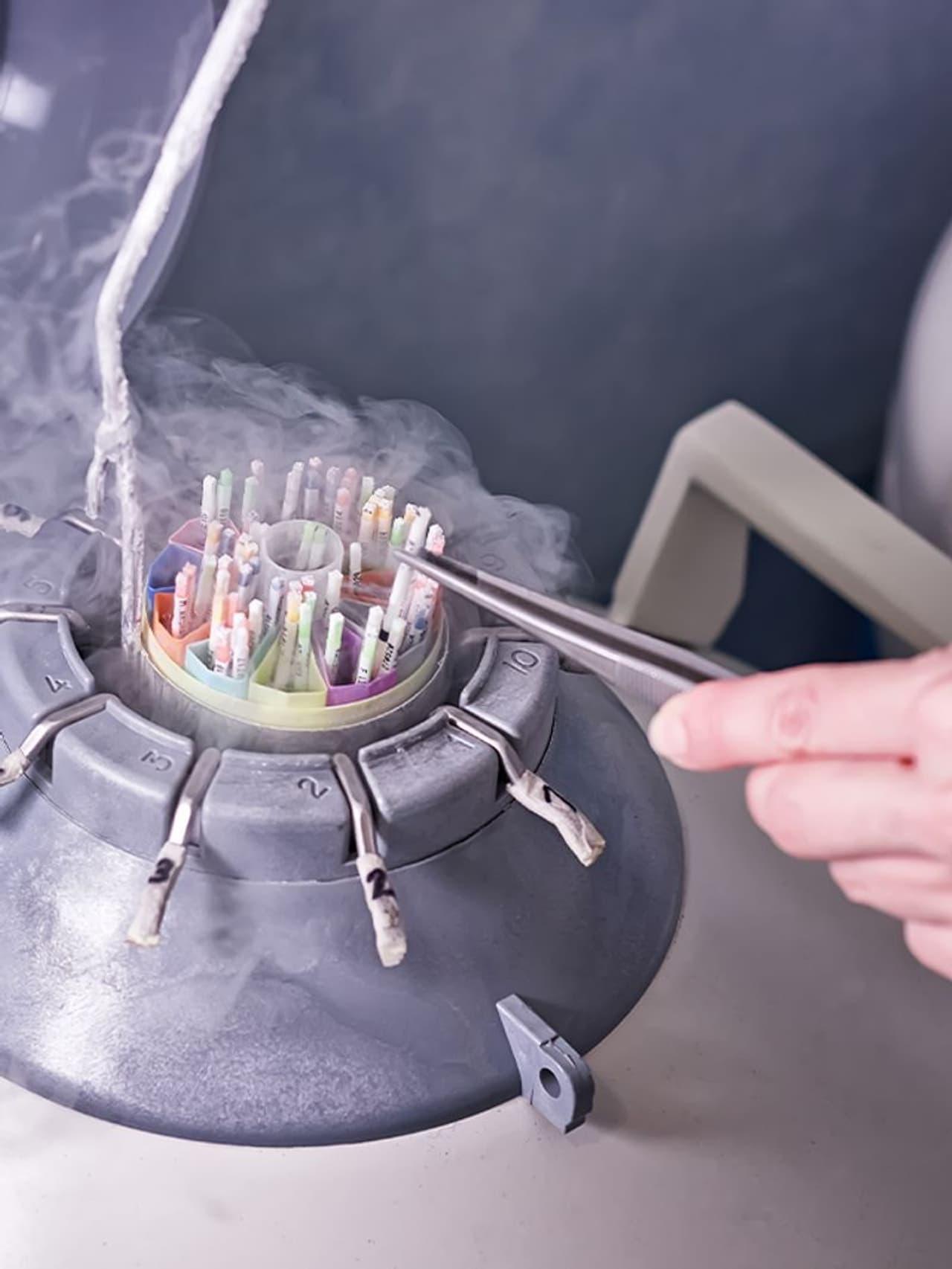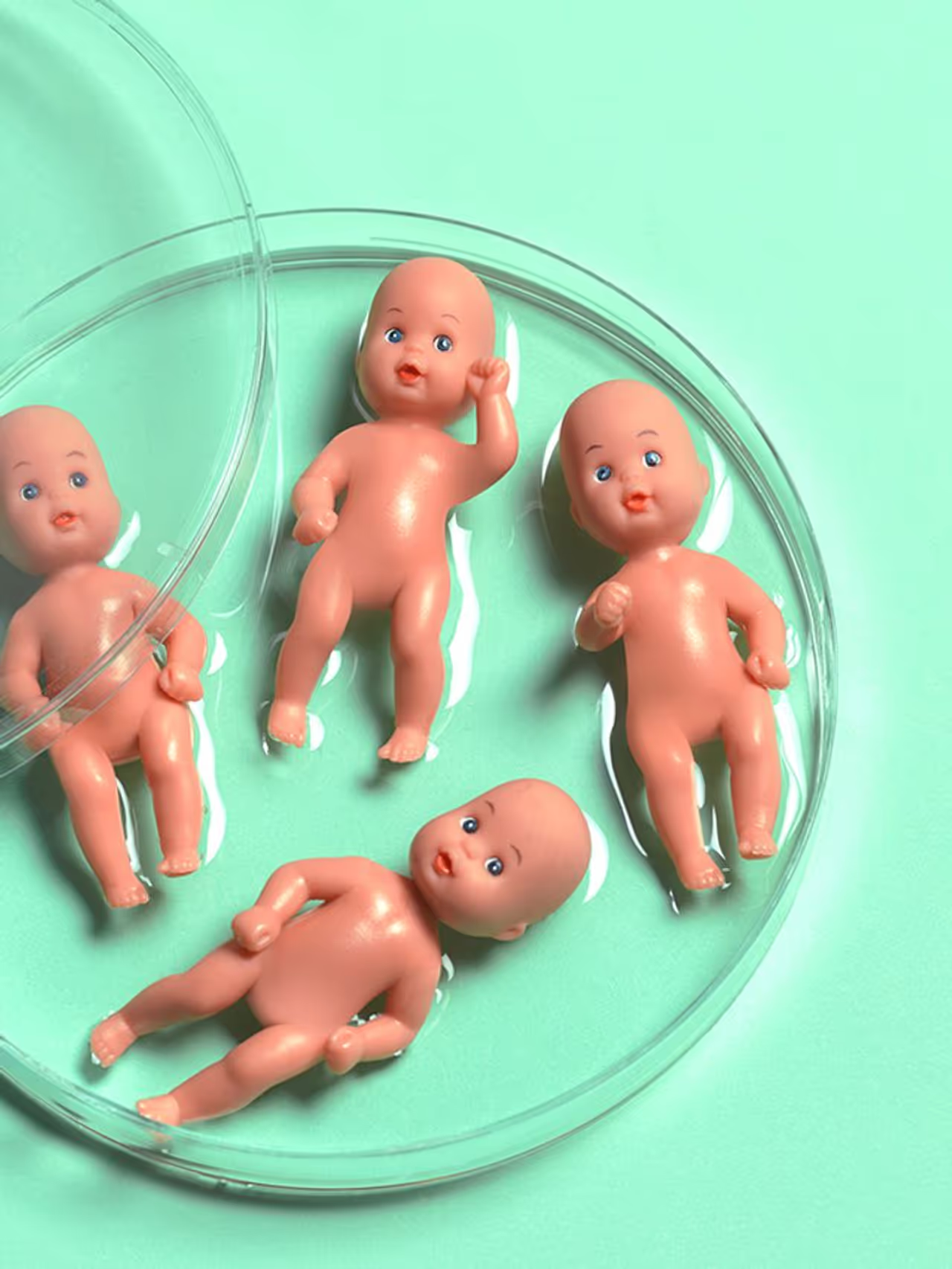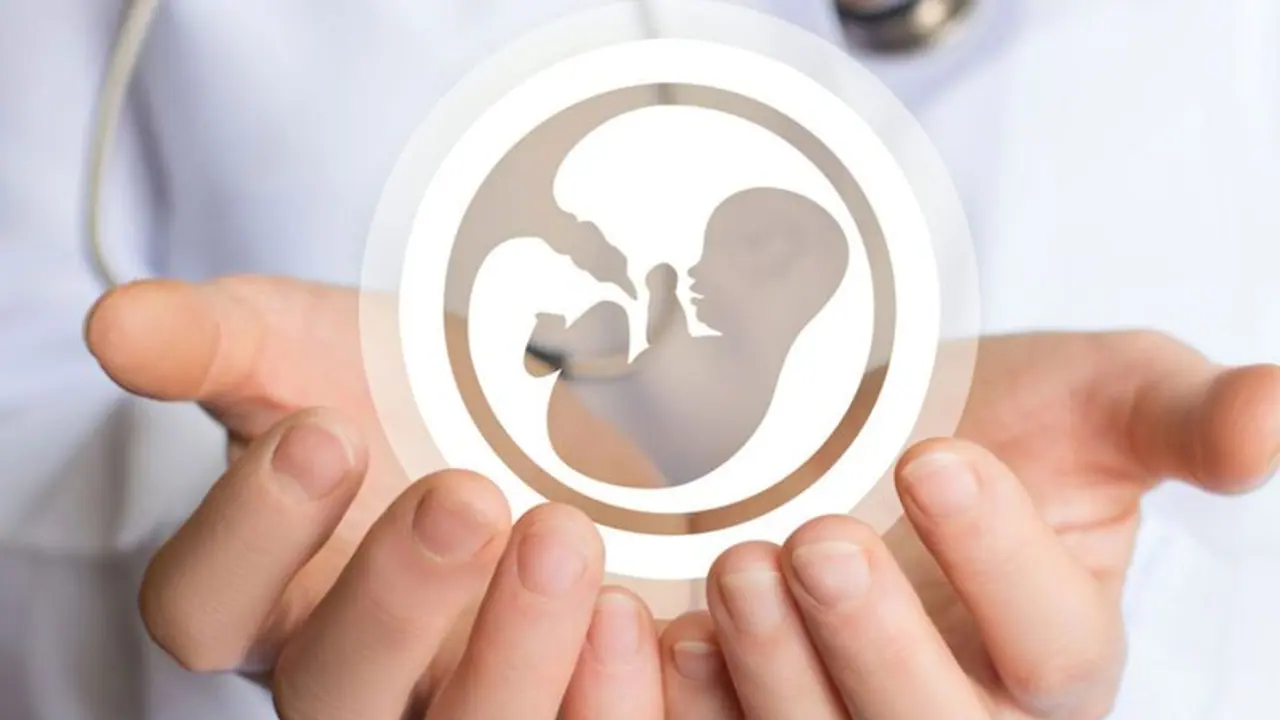In vitro fertilisation (IVF) has transformed fertility therapy, providing hope to many people and couples dealing with infertility. Advancements in IVF techniques, including the adoption of Single Embryo Transfer (SET), have shifted the landscape of fertility treatment.

In vitro fertilization (IVF) has revolutionized fertility treatment, offering hope to countless individuals and couples struggling with infertility. However, there is a common misconception that IVF always leads to twins or multiple pregnancies. This misconception often stems from the historical practice of transferring multiple embryos to increase the chances of successful implantation. However, advancements in IVF techniques, including the adoption of Single Embryo Transfer (SET), have shifted the landscape of fertility treatment.
SET involves transferring only one carefully selected embryo to the uterus, significantly reducing the likelihood of multiple pregnancies while maintaining high success rates. Understanding the role of SET in fertility treatment is crucial for patients and practitioners alike, as it represents a safer approach to achieving a healthy singleton pregnancy.

Single Embryo Transfer (SET)
As technology and our understanding of embryology evolved, several factors led to the rise of SET:
- Improved Embryo Selection: Techniques like pre-implantation genetic testing for aneuploidy (PGT-A) allow us to identify embryos with higher implantation potential and fewer chromosomal abnormalities. This reduces the need for transferring multiple embryos to achieve pregnancy.
- Advanced Embryo monitoring: Time-lapse technology allows continuous monitoring of embryo development, offering insights into their viability and eliminating the need for multiple biopsies, further minimizing the risk of damage.
- Increased awareness of risks: The medical community now recognizes the significant health risks associated with multiple pregnancies for both mothers and babies, including pre-term birth, low birth weight, and other complications.
- Ethical Considerations: With the ability to select viable embryos, transferring more than one raises ethical concerns about discarding healthy embryos and the potential reduction in overall success rates due to competition for implantation.

Benefits of Single Embryo Transfer:
1. Reduced risk of multiple pregnancies: SET significantly minimizes the chances of twins, triplets, or higher-order multiples, leading to safer pregnancies for both mother and babies.
2. Improved birth outcomes: Studies show that singleton pregnancies resulting from SET have reduced risks of pre-term birth, low birth weight, and other complications compared to multiple births.
3. Lower emotional and financial burden: Multiple pregnancies often necessitate specialized care and heightened vigilance, increasing financial and emotional stress on families.
4. Higher potential for future pregnancies: By not using all available embryos in one cycle, SET preserves options for future attempts, especially when combined with cryopreservation of surplus embryos.

Success Rates with Single Embryo Transfer
Many patients worry that transferring one embryo will lower their chances of getting pregnant. However, advancements in embryo selection, freezing techniques, and optimal timing have led to excellent success rates with SET.
According to recent studies, success rates are:
- Women under 35 can have a 50% chance of pregnancy with one properly chosen embryo.
- Frozen embryo transfer cycles may have even higher success rates than fresh cycles
Is SET always the best option?
While SET offers numerous advantages, it may not be suitable for everyone. Individual factors like age, infertility diagnosis, and previous IVF outcomes influence the decision. Consulting with a fertility specialist is crucial to determine the most appropriate approach for each individual or couple.
IVF no longer carries the automatic association with multiple births. With technological advancements and a shift towards SET, safer and healthier single pregnancies are becoming the norm. By understanding the benefits and considerations of SET, individuals, and couples seeking fertility treatment can make informed decisions, prioritizing both pregnancy success and the well-being of mother and baby.
-Dr Kalyani Shrimali, Fertility Consultant at Nova IVF Fertility, Indore
